Dogs like humans, can get heat stroke. Heat Stroke or hypothermia is a term describing an elevation in body temperature. This increase typically occurs as a from inflammation in the body or heat. When a dog is exposed to high temperatures, heat stroke or heat exhaustion can result.
Heat stroke is a very serious condition that requires immediate medical attention. Once the signs of heat stroke are detected, there is precious little time before serious damage - or even death - can occur. Dogs do not sweat through their skin like humans - they release heat primarily by panting and they sweat through the foot pads and nose. If a dog cannot effectively expel heat, the internal body temperature begins to rise. Once the dog's temperature reaches 106°, damage to the body's cellular system and organs may become irreversible. Unfortunately, too many dogs succumb to heat stroke when it could have been avoided. Learn how to recognize the signs of heat stroke and prevent it from happening to your dog.
Signs of Heat Stroke
The following signs may indicate heat stroke in a dog:- Increased rectal temperature (over 104° requires action, over 106° is a dire emergency)
- Vigorous panting
- Dark red gums
- Tacky or dry mucus membranes (specifically the gums)
- Lying down and unwilling (or unable) to get up
- Collapse and/or loss of consciousness
- Thick saliva
- Dizziness or disorientation
What to do if You Suspect Heat Stroke
If you have even the slightest suspicion that your dog is suffering from heat stoke, you must take immediate action.- First, move your dog out of the heat and away from the sun right away.
- Begin cooling your dog by placing cool, wet rags or washcloths on the body - especially the foot pads and around the head.
- DO NOT use ice or very cold water! Extreme cold can cause the blood vessels to constrict, preventing the body's core from cooling and actually causing the internal temperature to further rise. In addition, over-cooling can cause hypothermia, introducing a host of new problems. When the body temperature reaches 103°, stop cooling.
- Offer your dog cool water, but do not force water into your dog's mouth.
- Call or visit your vet right away - even if your dog seems better. Internal damage might not be obvious to the naked eye, so an exam is necessary (and further testing may be recommended).
Preventing Heat Stroke
There are ways you can prevent heat stroke from happening in the first place.- NEVER leave your dog alone in the car on a warm day, regardless of whether the windows are open. Even if the weather outside is not extremely hot, the inside of the car acts like an oven - temperatures can rise to dangerously high levels in a matter of minutes.
- Avoid vigorous exercise on warm days. When outside, opt for shady areas.
- Keep fresh cool water available at all times.
- Certain types of dogs are more sensitive to heat - especially obese dogs and brachycephalic (short-nosed) breeds, like Pugs and Bulldogs. Use extreme caution when these dogs are exposed to heat.



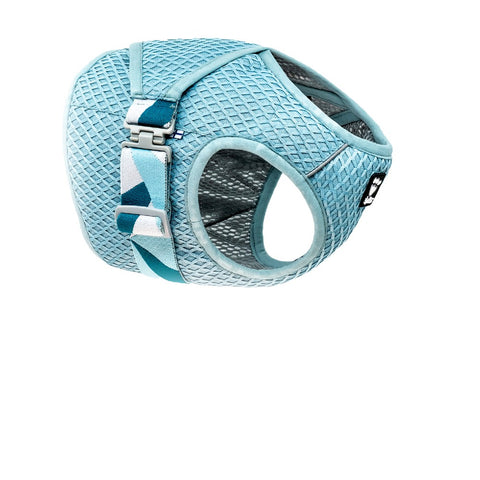
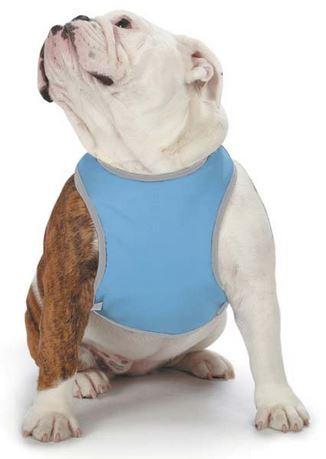

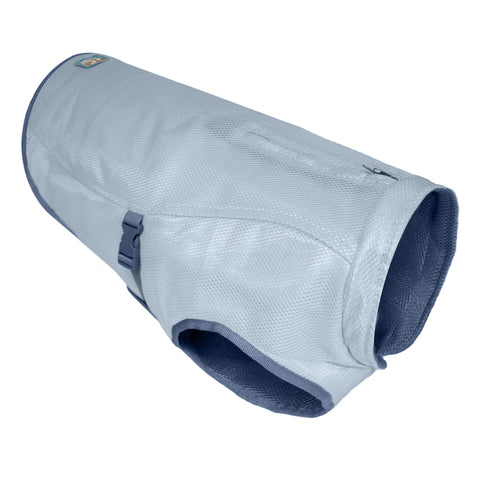
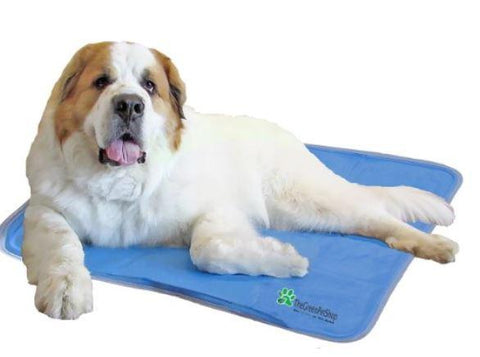











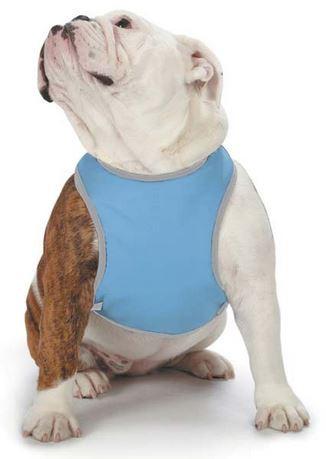


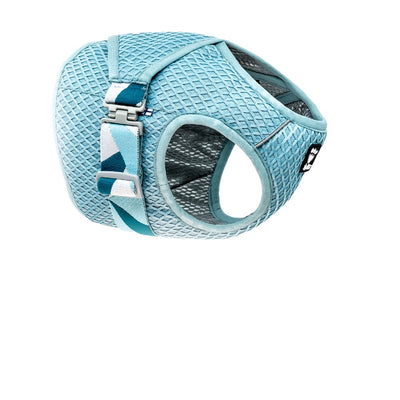
Leave a comment